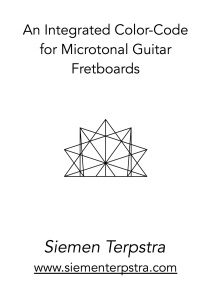 The first time that I visited Ivor Darreg (in 1981) he was living in Glendale, California. I was impressed by his amazing array of experimental instruments, but what grabbed me most was his re-fretted guitars. He had a large collection of them, guitars that he had carefully altered over the years. There were so many that it was a veritable feast to me! I had never played re-fretted guitars before, and it was almost overwhelming. Many of his guitars were pretty trashy – Ivor was not a wealthy man, but his dedication to the exploration of alternative tunings was quite impressive. A handful of them were pretty good – I think that I played all of them for a few minutes that unforgettable day. He had guitars in 19-ET, 22-ET, quarter-tone, 17-ET, and other odd divisions, but the sweetness of the 31-ET guitar impressed me most. It was also right at the `edge’ of the possible, or so it seemed to me. There were so many frets, so close together, how could you possibly put more frets on a guitar? Some years later I played a 34-ET guitar, and it largely confirmed the sentiment. From that day forward, I had an interest in 31-ET guitars.
The first time that I visited Ivor Darreg (in 1981) he was living in Glendale, California. I was impressed by his amazing array of experimental instruments, but what grabbed me most was his re-fretted guitars. He had a large collection of them, guitars that he had carefully altered over the years. There were so many that it was a veritable feast to me! I had never played re-fretted guitars before, and it was almost overwhelming. Many of his guitars were pretty trashy – Ivor was not a wealthy man, but his dedication to the exploration of alternative tunings was quite impressive. A handful of them were pretty good – I think that I played all of them for a few minutes that unforgettable day. He had guitars in 19-ET, 22-ET, quarter-tone, 17-ET, and other odd divisions, but the sweetness of the 31-ET guitar impressed me most. It was also right at the `edge’ of the possible, or so it seemed to me. There were so many frets, so close together, how could you possibly put more frets on a guitar? Some years later I played a 34-ET guitar, and it largely confirmed the sentiment. From that day forward, I had an interest in 31-ET guitars.
Although I could `noodle’ my way around the fretboard, I soon found that it was almost impossible to play because I would invariably get lost. What fret am I on, and what chord is this? I then realized that the problem could be solved if some colour-cocle would be painted onto the neck for visual guidance. Ivor had a colour-code (rather complex) for his megalyra steel-guitar, but his `normal’ guitars were generally unmarked. On standard guitars, we generally use an inlay dot at the 5th, 7th, and 12th frets as the `colour-code’, and arguably this is adequate for 12-ET, but 31-ET is so complex (rich) that this traditional system no longer proves adequate. I began several years of experiment with alternative colour-codes trying to come up with an optimal design.
In fact, I caught the `guitar-altering bug’ from Ivor, and when I was back in Canada I acquired a semi-trashy electric guitar which seemed perfect for `experimentation’. (What is there to lose?) I had never done a guitar fret job before, so I assumed that the results would be pretty bad. To my surprise, the scale turned out to be pretty close to accurate, there was only a minimum of `buzzes’, and I now had my own 31-ET guitar! At this point, my irnerest in colour-codes intensified. By 1984, I had several designs which arguably have some consistent logic underlying them. The purpose of this little article is to lay out the reasons for my chosen design. Here is why I ended up with this particular pattern.
Click on the link to see the article in your browser or right-click to save the file to your drive.
http://siementerpstra.com/writings/Terpstra-Fretboards.pdf
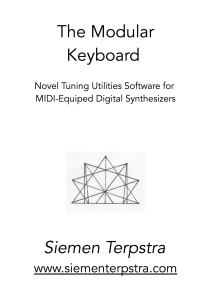 Back in the middle 1980’s I had an idea for converting a standard keyboard into a keyboard capable of applying 53-equal temperament. It was developed for the Apple 2E computer synthesizer called the Soundchaser. It uses software to change subsets of the wider field of possibilities. This file also includes a printout of the computer program. The project was funded by a Canada Counsel Arts Grant.
Back in the middle 1980’s I had an idea for converting a standard keyboard into a keyboard capable of applying 53-equal temperament. It was developed for the Apple 2E computer synthesizer called the Soundchaser. It uses software to change subsets of the wider field of possibilities. This file also includes a printout of the computer program. The project was funded by a Canada Counsel Arts Grant.
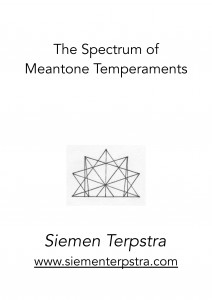
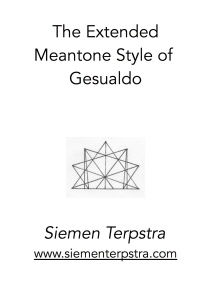 The author re-examines the syntax of Gesualdo’s musical style in the light of the intonational practices of his time. A theoretical structure with which to describe his harmonic practices, and those of other 16th Century composers, is developed. The historical context is presented as well as a series of analyses of Gesualdo’s music.
The author re-examines the syntax of Gesualdo’s musical style in the light of the intonational practices of his time. A theoretical structure with which to describe his harmonic practices, and those of other 16th Century composers, is developed. The historical context is presented as well as a series of analyses of Gesualdo’s music.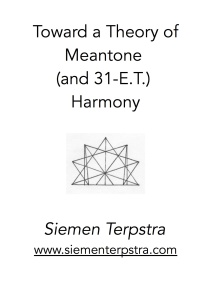 The author develops a syntax for meantone harmony based on the structural characteristics of the temperament. These features include a description of the Regions with their boundary functions, and also the three genera. An abstract topology of triad progression is introduced, as well as an introduction to the organization of functional tables for 31-ET.
The author develops a syntax for meantone harmony based on the structural characteristics of the temperament. These features include a description of the Regions with their boundary functions, and also the three genera. An abstract topology of triad progression is introduced, as well as an introduction to the organization of functional tables for 31-ET.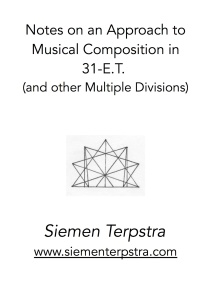 The purpose of this article is to examine certain aspects of theory which concert practical musical composition in 31-E.T. (or extended meantone). The principles which are put forth may also be used to advantage with other equal divisions, including 12-E.T., 19-E.T., and so on. This article was meant to compliment the other articles which I have written on meantone theory. Those articles are:
The purpose of this article is to examine certain aspects of theory which concert practical musical composition in 31-E.T. (or extended meantone). The principles which are put forth may also be used to advantage with other equal divisions, including 12-E.T., 19-E.T., and so on. This article was meant to compliment the other articles which I have written on meantone theory. Those articles are: 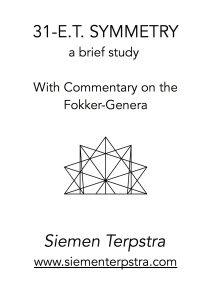 Some representative examples of symmetrical structures are presented, along with a comparison between the types of symmetry in 31-E.T. and other equal-tempered systems. The Euler-Fokker genera are interpreted as a means of generating symmetrical structures. Lastly, an alternative method of generating the most important symmetrical functions is outlined.
Some representative examples of symmetrical structures are presented, along with a comparison between the types of symmetry in 31-E.T. and other equal-tempered systems. The Euler-Fokker genera are interpreted as a means of generating symmetrical structures. Lastly, an alternative method of generating the most important symmetrical functions is outlined.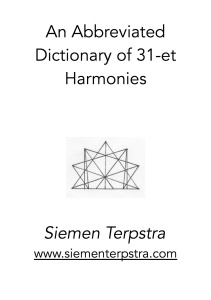 This collection of harmonies is an expansion of the set presented in my paper
This collection of harmonies is an expansion of the set presented in my paper 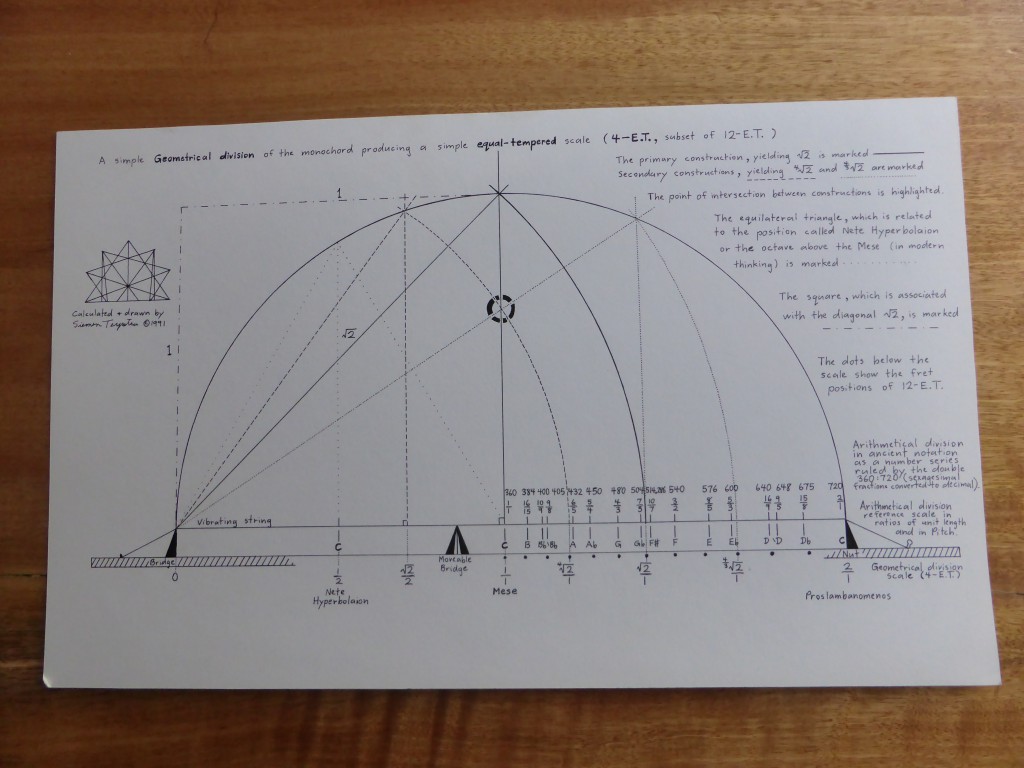
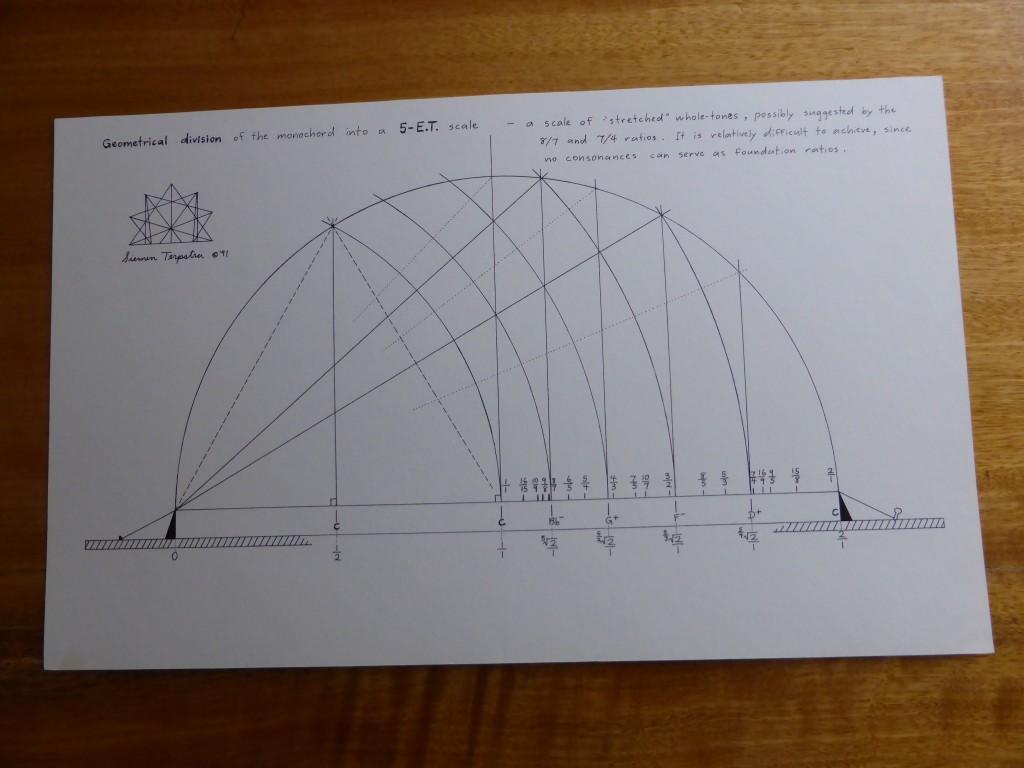
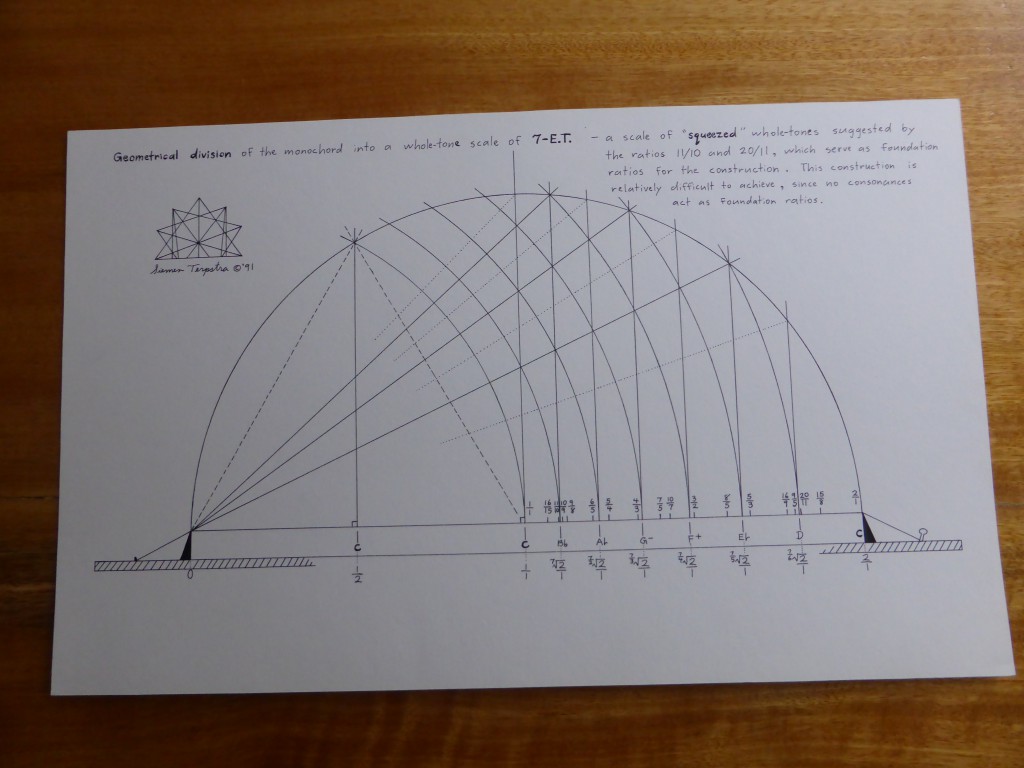
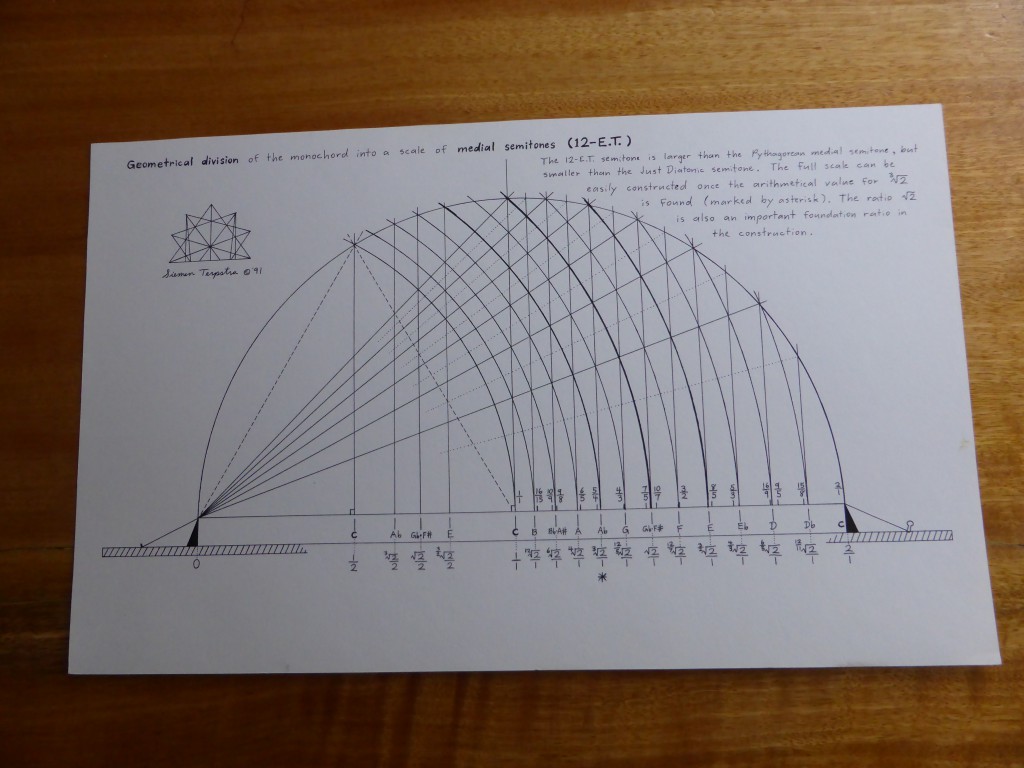
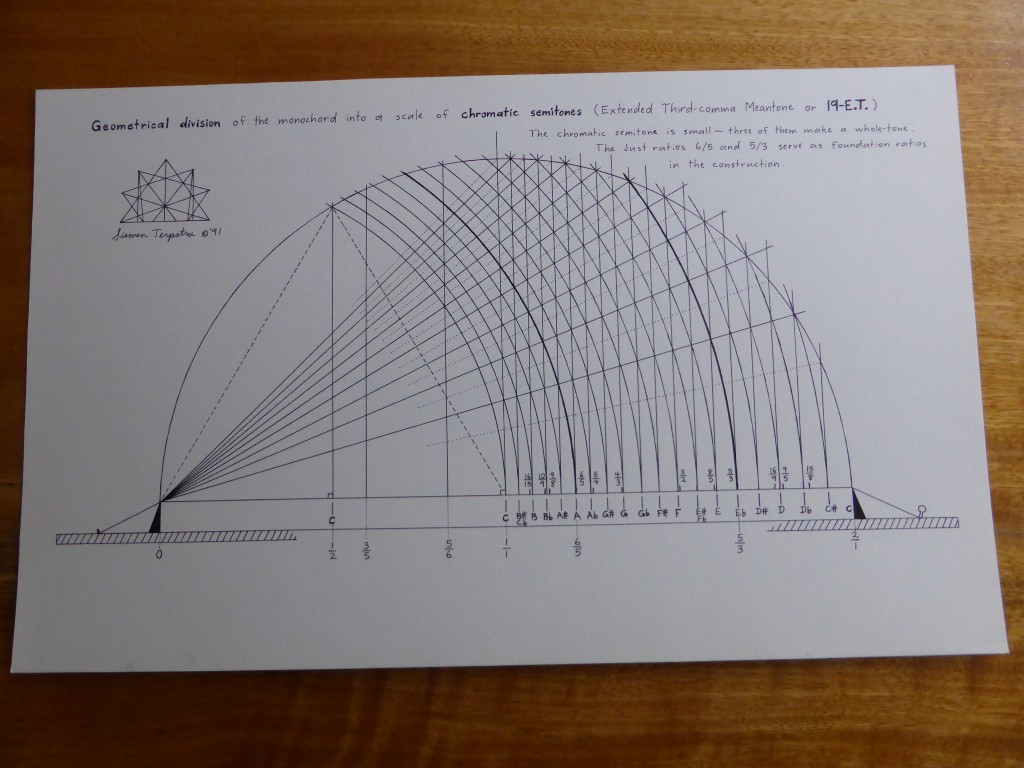
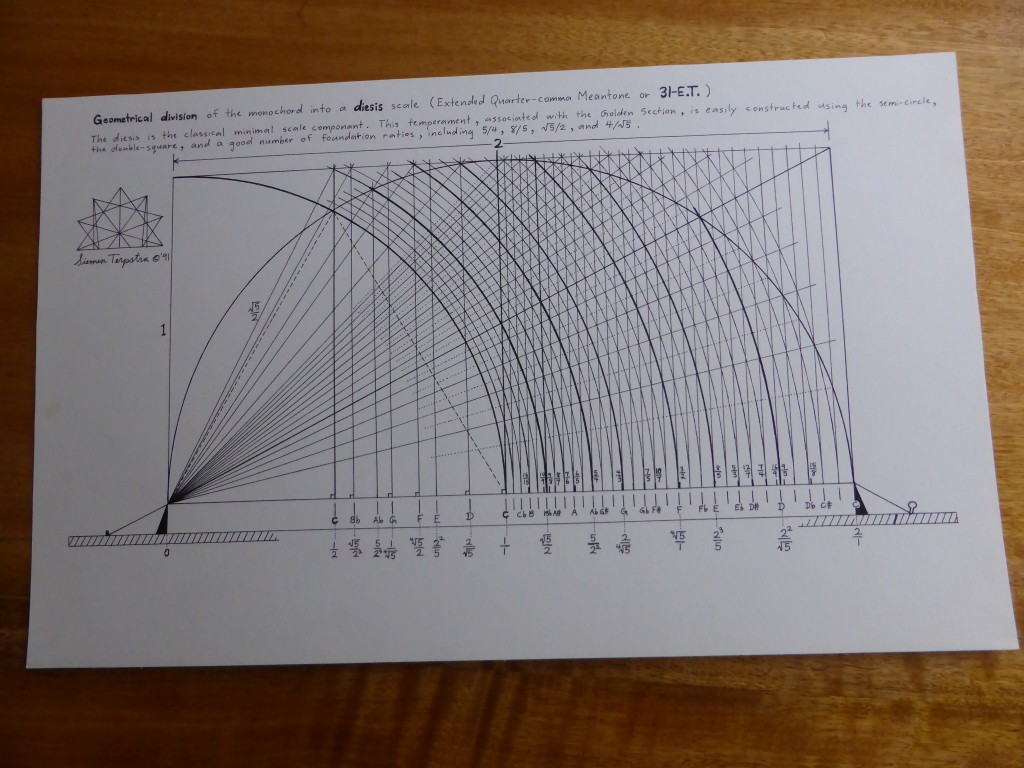
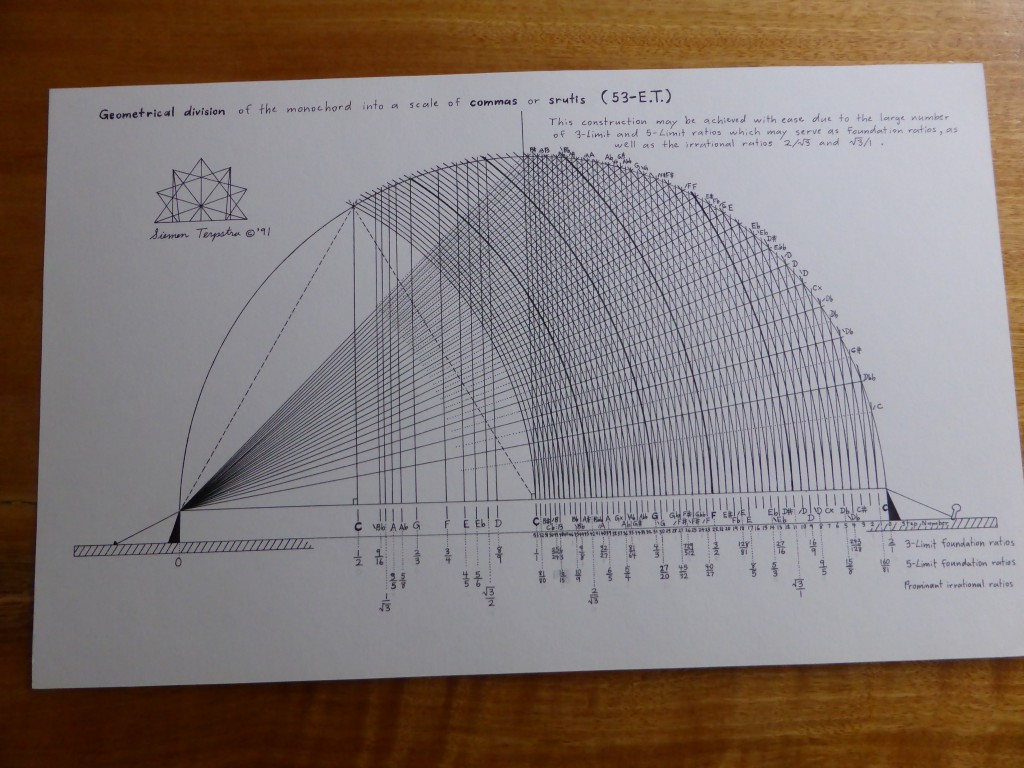
 The first time that I visited
The first time that I visited